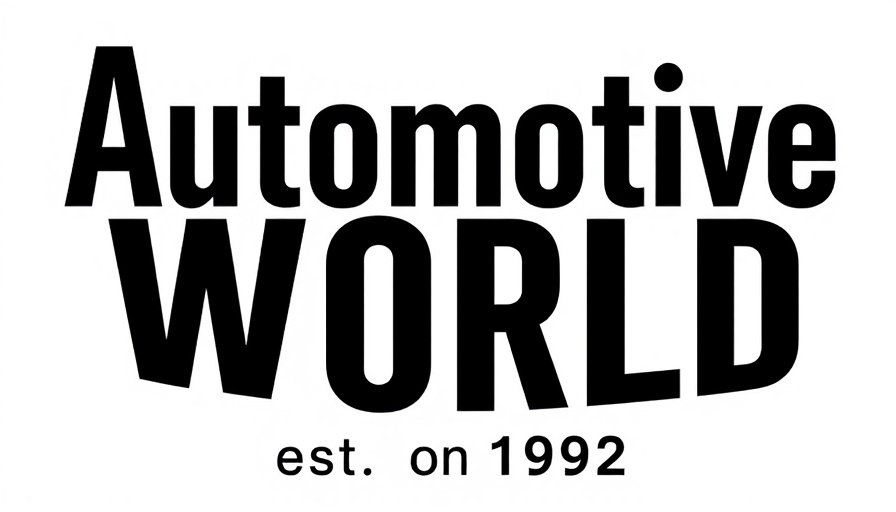
Revolutionizing Driver Convenience with Park & Pay
The automotive landscape is undergoing a transformation as technology meets everyday needs, epitomized by the recent rollout of the ‘Park & Pay’ functionality in Cupra vehicles. This innovative feature allows drivers to seamlessly pay for parking without ever leaving their cars, streamlining the parking process significantly.
Understanding Park & Pay and Its Benefits
Powered by Parkopedia, the ‘Park & Pay’ service is now available for the Cupra Born and Cupra Tavascan models. With a comprehensive database for parking locations across various European countries, drivers can make payments directly through their vehicle’s infotainment system. This addresses many common parking woes—think out-of-order machines, scrambling for change, or struggling with card payments. Instead, the process becomes as simple as driving up, parking, and confirming your payment right from your seat.
The Rising Demand for In-Car Payment Solutions
According to the Parkopedia Global Driver Survey, nearly two-thirds of European drivers express a desire for such in-car payment functionality. This demand indicates a significant trend in consumer preferences, emphasizing convenience in the driving experience. The interest is particularly strong across 17 European nations, including Austria, Germany, and Spain. As Parkopedia’s VP of Sales Europe, Markus Dohl, notes, this is a critical step towards enhancing driver satisfaction and modernizing the parking experience.
What's Next for Cupra and SEAT?
As demand grows, the plans to expand this functionality to the entire Cupra range and SEAT models are slated for 2025. This strategic move not only highlights the commitment of SEAT S.A. to leveraging technology for better driver experiences but also their focus on customer needs and market trends. By improving the parking process, they are helping to increase overall enjoyment in the ownership of these vehicles.
Final Thoughts: The Path Forward
The introduction of ‘Park & Pay’ demonstrates a thoughtful integration of technology into the automotive sector that prioritizes user convenience. As automakers continue to innovate and adapt to consumer preferences, features like these could redefine our interactions with vehicles in the coming years. For dealership principals, managers, and operations directors, staying abreast of such changes not only enhances your service portfolio but also aligns your dealership with the future of driving.
 Add Row
Add Row  Add
Add 




Write A Comment